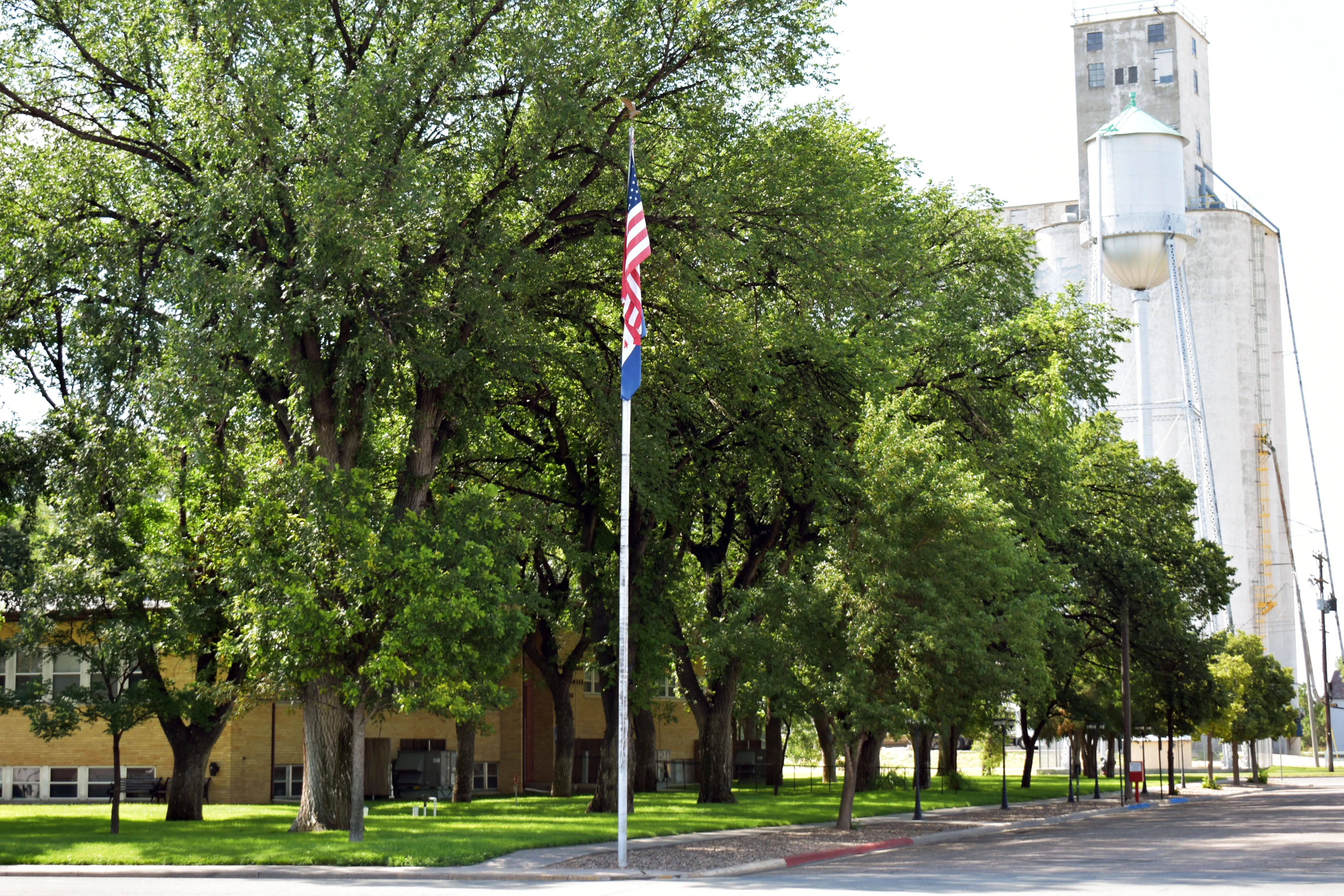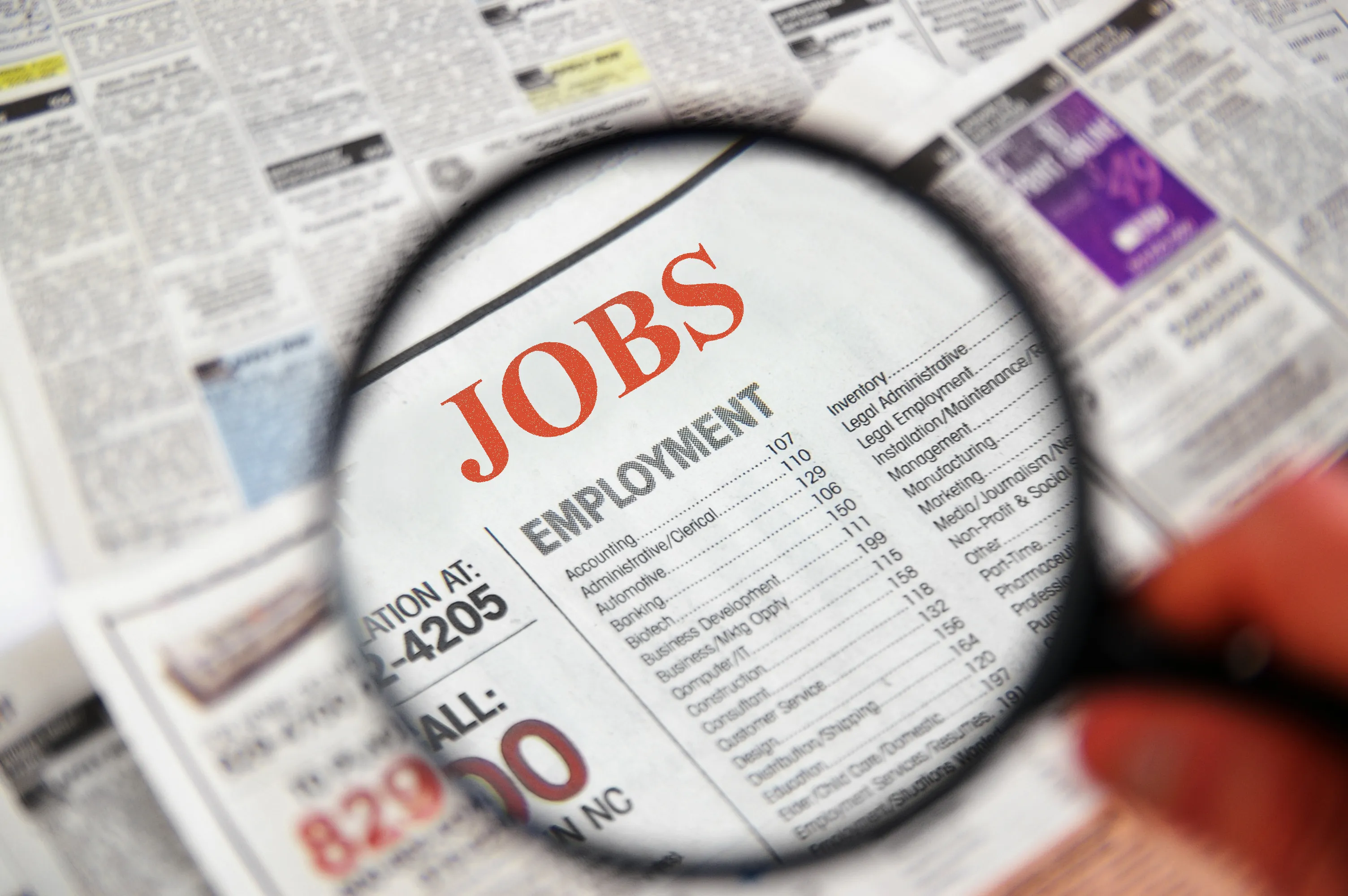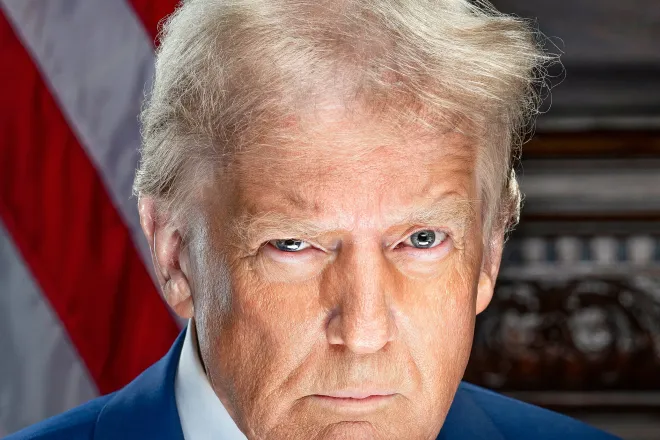
Trump’s Ukraine plotting has been happening in plain sight. So why didn’t we see it?
ProPublica is a Pulitzer Prize-winning investigative newsroom. Sign up for The Big Story newsletter to receive stories like this one in your inbox.
Try for a moment to imagine the world as it was a week ago. Before we knew that President Donald Trump put the squeeze on another country to investigate his political opponent, before we knew he wanted to involve the attorney general, or that aid may have been held up in the plotting.
Except, we did know each of those things. The president hasn’t been quiet about what he’s up to. And while we didn’t know many details, much of the hanky-panky has been happening right before our eyes.
Let’s review a few facts.
The president urged an investigation into Ukraine and Democrats back in 2017. He didn’t do it in a secret meeting. He tweeted.
Trump and his allies theorized that Ukrainians had engaged in a kind of bank shot: They suspected Ukrainians of plotting to help Hillary Clinton by manufacturing evidence against Trump’s former campaign manager Paul Manafort. (There’s no evidence to support that.)
Trump brought up the theory again this April, and he floated getting the Attorney General involved. “This concept of Ukraine, they’ve been talking about it actually for a long time,” Trump told Fox News’ Sean Hannity. “I would certainly defer to the attorney general and we’ll see what he says about it.”
The next month, The New York Times reported that Rudy Giuliani, Trump’s personal lawyer, was planning to visit Ukraine to pressure the government to investigate those who helped catch Manafort and to dig into former Vice President Joe Biden.
BuzzFeed and the Organized Crime and Corruption Reporting Project followed up in July with an even more detailed story on how Giuliani was pushing Ukraine “to discredit the president’s rivals.”
Giuliani was straightforward. “We’re not meddling in an election, we’re meddling in an investigation,” he told the Times. Giuliani added that, of course, Trump knew about it. “My only client is the president of the United States,” he said. “He’s the one I have an obligation to report to, tell him what happened.”
The next day, Politico interviewed Trump. The president said he had spoken to Giuliani “very briefly” about his plans to pressure Ukraine. “He’s involved with a number of people that are looking into the whole thing because a lot of very bad, a lot of very bad things took place prior to the election.”
Politico asked Trump whether he would order Attorney General Bill Barr to investigate Biden’s son work in Ukraine. “Well, I haven’t spoken to him about it. But certainly it is a very big issue and we’ll see what happens,” Trump said, later adding, “Certainly, it would be an appropriate thing to speak about.”
Next came the July call between the president and Ukrainian President Volodymyr Zelensky. We didn’t know the details of it at the time, but there were hints for those closely following. Here’s a snippet from Ukraine’s official summary of the call:
Donald Trump is convinced that the new Ukrainian government will be able to quickly improve image of Ukraine, complete investigation of corruption cases, which inhibited the interaction between Ukraine and the USA.
By that point, of course, Trump had already publicly discussed what exact “corruption” he wanted Ukraine to investigate. A month later, Politico reported that Trump had ordered the delay of aid to Ukraine.
The push to investigate a political opponent’s family. The prospect of using aid as a cudgel. It was all in the air. Vice President Mike Pence was asked directly about it at the beginning of September. “Can you assure Ukraine that the hold-up of that money has absolutely nothing to do with efforts, including by Rudy Giuliani, to try to dig up dirt on the Biden family?” a reporter asked Pence during his visit to Warsaw.
Pence didn’t give a clear answer. But he did say, “As President Trump had me make clear, we have great concerns about issues of corruption.”
The Washington Post began to put it all together a few days later, on Sept. 5: Trump “is attempting to force Mr. Zelensky to intervene in the 2020 U.S. presidential election by launching an investigation of the leading Democratic candidate, Joe Biden.”
That didn’t run on the front page, or anywhere on the news pages at all. It was in the third paragraph of an unsigned editorial.
The point of all this isn’t that we knew exactly what was going on. We didn’t. The transcript of the call and the whistleblower’s complaint have been critical.
But the urgency for digging was clear. Some reporters were on the case. So why wasn’t more attention paid?
There’s the avalanche of news, scandal and outrage. Many of them have facts that are clear and easy to grasp. We have to make choices.
But there’s something else, too. Two weeks after the 2016 election, my colleague Jesse Eisinger and I recorded a podcast with Russian-American journalist Masha Gessen. We discussed how journalists should think about covering the Trump administration. She had a warning. If you dismiss something because it seems unimaginable, that’s a mistake.
It’s a failure of imagination.
Many years ago, I wrote about another scandal: the revelations about torture of detainees in U.S. custody. The fact that the U.S. was abusing detainees had been reported. It only became recognized as a scandal after the Abu Ghraib photos were published.
This time, it was a phone call. In both cases, the dots were there. But we couldn’t quite wrap our heads around it. Not just the facts of it, but the reality of it.
With torture, we couldn’t grasp that the U.S. government would treat detainees the way the photos eventually showed it did. And the same with Ukraine. “A president shaking down another country to investigate his opponent? It can’t be THAT!”
















